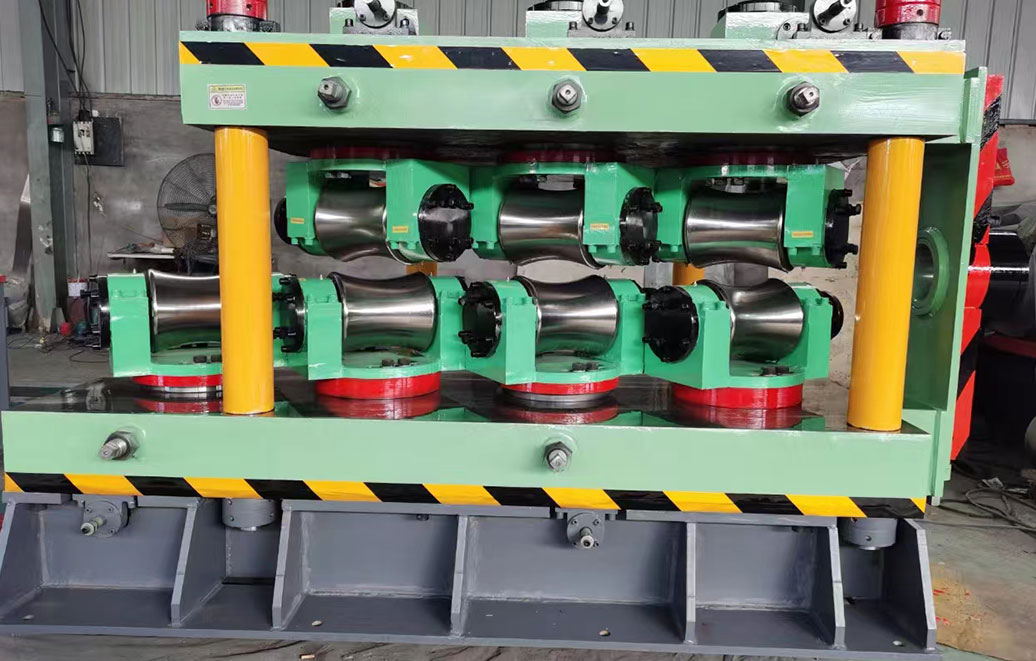purlin making machine
The Evolution and Importance of Purlin Making Machines
In the modern construction industry, the demand for efficient and reliable building materials has led to the development of specialized machinery designed to streamline production processes. Among these innovations, the purlin making machine stands out as a critical apparatus for fabricating purlins—horizontal beams used to support roofs and walls in various structures. This article explores the significance of purlin making machines, their operational mechanics, and their evolving technology.
Understanding Purlins
Purlins are structural elements typically made from steel or aluminum, providing essential support for roof systems. They are indispensable in both commercial and residential construction, serving to distribute loads and provide structural integrity. The need for purlins arises from their ability to span larger distances, making them ideal for modern architecture that often features expansive open spaces.
The Role of Purlin Making Machines
Purlin making machines automate the production of purlins, enhancing efficiency and consistency in manufacturing. These machines typically work with pre-galvanized steel or cold-rolled steel sheets to create purlins via a roll-forming process. This technique involves feeding a flat metal sheet through a series of rollers that progressively shape the material into the desired profile. The resulting purlins can be tailored to meet specific structural and aesthetic requirements, making them essential for a wide range of building projects.
Operational Mechanics
The operation of a purlin making machine can be outlined in several key stages
1. Material Feeding Raw material, usually in the form of coils, is fed into the machine, where it is unspooled and aligned for processing. 2. Roll Forming As the material passes through a sequence of rollers, it undergoes mechanical deformation, gradually taking on the desired purlin shape. This process is highly precise, allowing for uniformity in dimensions across multiple purlins.
3. Cutting Once the purlin reaches the correct length, it is cut to size using an integrated cutting mechanism. This can be automated or manually controlled, depending on the machine's design.
purlin making machine

4. Curing or Finishing After cutting, purlins may undergo additional finishing processes, such as galvanization or painting, to enhance their durability and resistance to corrosion.
5. Quality Control Throughout the production process, quality control measures ensure that each purlin meets industry standards and specifications.
Technological Advancements
The evolution of purlin making machines has been marked by significant technological advancements. Modern machines now incorporate computer numerical control (CNC) systems, allowing for precise adjustments in real-time. This capability improves production efficiency and reduces material waste, as programmatic changes can be made quickly to accommodate different designs or specifications.
Additionally, the integration of automation and robotics has further enhanced production speeds and accuracy. Automated systems can monitor the entire manufacturing process, making adjustments as needed and facilitating high-output production lines. As a result, manufacturers can meet the growing demands of the construction industry without compromising on quality.
Environmental Considerations
In light of the increasing focus on sustainability, manufacturers are also exploring eco-friendly practices in the purlin production process. This includes utilizing recycled materials, implementing waste reduction strategies, and enhancing energy efficiency in machinery operations. By embracing these practices, companies not only contribute to environmental sustainability but also appeal to a growing market interested in green building solutions.
Conclusion
Purlin making machines are vital to the construction industry, facilitating the production of high-quality, reliable purlins that ensure structural integrity in a wide range of applications. With technological advancements paving the way for greater efficiency and sustainability, the future of purlin manufacturing is promising. As the industry continues to evolve, these machines will remain at the forefront, enabling builders to meet both the challenges of modern construction and the demands of environmental responsibility. The importance of investing in efficient purlin production machinery cannot be overstated, as it ultimately contributes to the successful realization of innovative architectural designs across the globe.
-
High Frequency Straight Seam Welded Pipe Production Line-BzZhou Xinghua Machinery Equipment Manufacturing Co., LTD.|line pipe steel&welded gas pipeNewsJul.30,2025
-
High Frequency Straight Seam Welded Pipe Production Line-BzZhou Xinghua Machinery Equipment Manufacturing Co., LTD.|High Precision&Automated SolutionsNewsJul.30,2025
-
High Frequency Straight Seam Welded Pipe Production Line - BzZhou Xinghua Machinery Equipment Manufacturing Co., Ltd.NewsJul.30,2025
-
High Frequency Straight Seam Welded Pipe Production Line-BzZhou Xinghua Machinery Equipment Manufacturing Co., LTD.|Precision Welding, High EfficiencyNewsJul.30,2025
-
High Frequency Straight Seam Welded Pipe Production Line|BzZhou Xinghua|Precision Welding&EfficiencyNewsJul.30,2025
-
High Frequency Straight Seam Welded Pipe Production Line - BzZhou Xinghua|Precision Engineering&EfficiencyNewsJul.30,2025


